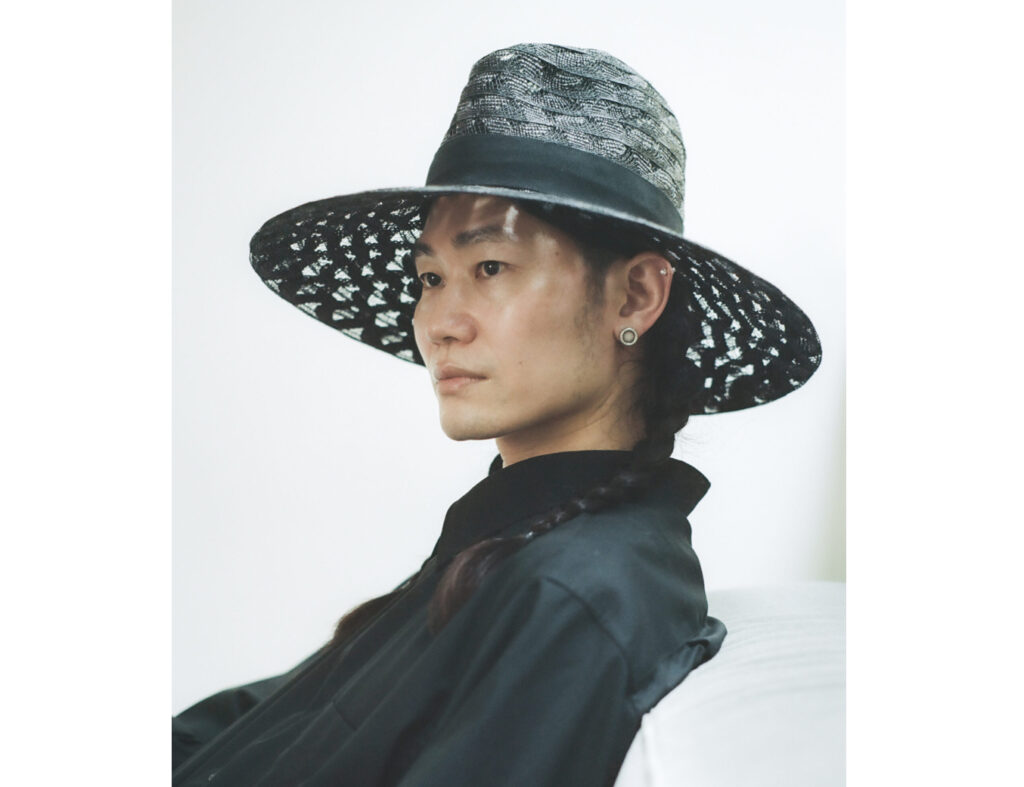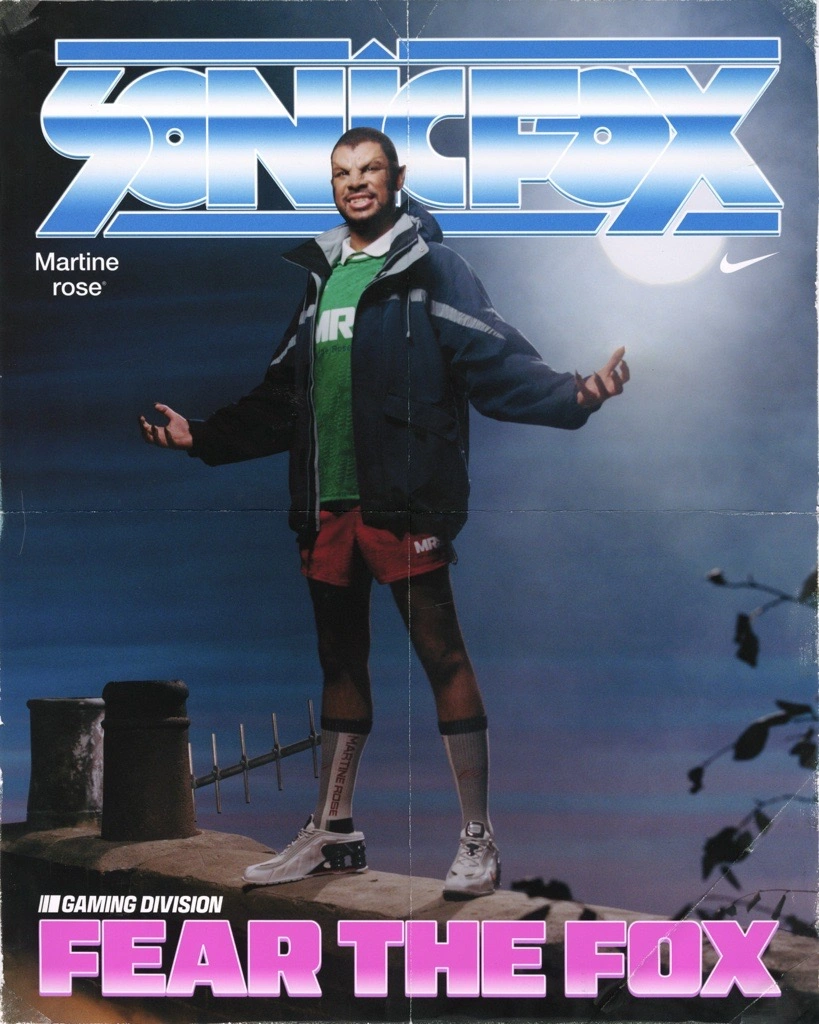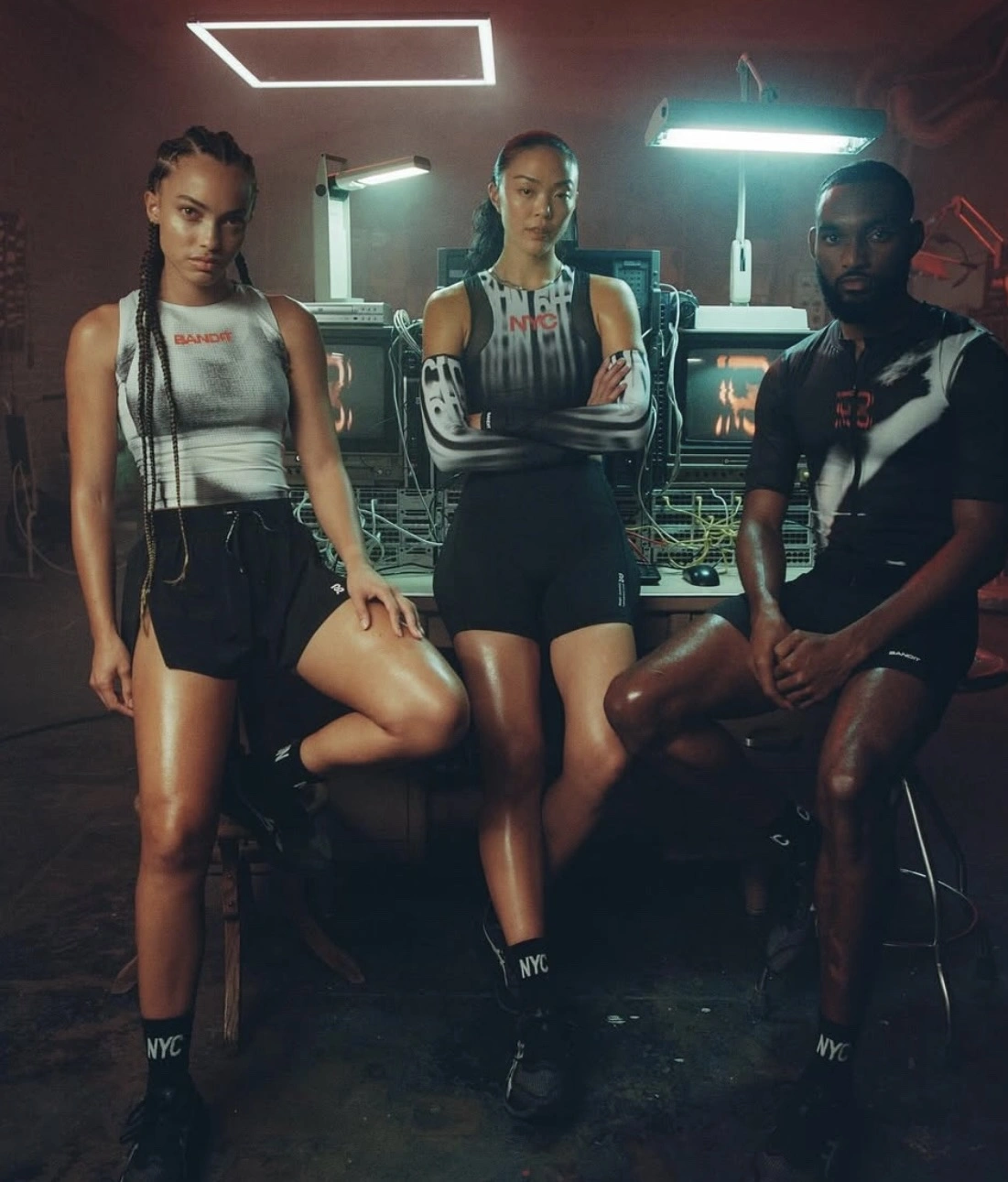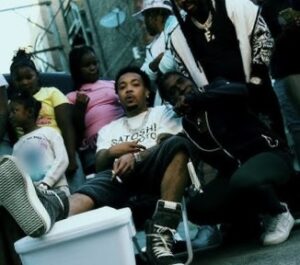TRANOÏ TOKYO marked his Japan debut—2025 proves he’s just getting started.
In 2024, TRANOÏ TOKYO made its long-anticipated debut, bringing Paris Fashion Week’s most respected trade show to Japanese soil for the very first time. The event, which hosted 175 global brands, wasn’t just a showcase of collections—it was a snapshot of where fashion was headed. And if one name encapsulated that future-facing energy, it was Nobuki Hizume.
Invited as the guest designer for TRANOÏ TOKYO’s inaugural edition, Hizume brought more than hats—he brought a manifesto. His namesake label, HIZUME, known for architecturally complex headwear and a rebellious design ethos, became one of the most talked-about presences at the show. And now, in April 2025, nearly a year later, the fashion world is finally catching up to the vision he laid out in pink felt, distorted silhouettes, and unspoken symbolism.
A Year On: From Cult Label to Creative Vanguard
Since his 2024 appearance in Tokyo, Hizume has expanded his influence, not through mainstream moves, but by doubling down on craft, process, and experimentation. Collabs with couture houses have evolved into full creative consultancies. His pieces have shown up in editorial spreads, museum installations, and most recently, in a new design program launching between Japan and France to revive artisanal millinery.
But despite the growing recognition, Hizume hasn’t softened. His hats are still enigmatic. Still layered with meaning. Still designed to provoke more than please. His methodology—construct, destroy, reconstruct—is gaining traction in design circles seeking alternatives to surface-level fashion cycles.
“The minute a piece becomes too easy to understand, it dies,” Hizume said in 2024. That line now echoes across creative forums and fashion panels, becoming something of a mantra for those tired of trend-chasing.
TRANOÏ’s Imprrssion: The Right Designer at the Right Moment
When TRANOÏ Tokyo launched last fall, it wasn’t just another trade show—it was a strategic shift. As the global fashion map tilts toward Asia, having a designer like Hizume front the event was a declaration: Japan isn’t just returning to the conversation—it’s helping write the next chapter.
Hizume’s presence redefined what it means to debut. His booth wasn’t a booth; it was a sculptural installation. Viewers didn’t just browse—they interpreted. And the takeaway wasn’t “how do I buy this?” but “what does this mean for how we design, wear, and think about fashion?”
For many, it was the first exposure to a creator who’s long operated outside the easy-to-categorize lanes of designer, artist, or artisan. Hizume is all of those—and none of them. He makes hats, but they’re not accessories. They’re provocations.
The Return of Craft with a Conceptual Core
If 2024 was about embracing hyper-visibility, 2025 is showing signs of swing-back. Consumers are craving substance again. Craftsmanship, slowness, originality—not as nostalgia, but as rebellion.
That’s where Hizume fits in. As fashion media chases the next micro-trend and AI-generated campaign, HIZUME pieces offer something rare: human touch, artistic depth, and a refusal to explain themselves. His work asks something of the viewer. To slow down. To interpret. To participate.
And increasingly, the industry is listening. This year, his brand was tapped for a limited-edition installation at Palais Galliera in Paris, exploring the connection between cultural memory and personal identity through headwear. Meanwhile, a new collection hinted at wearable tech—though in true Hizume fashion, it avoided anything flashy. Quiet sensors. Hidden layers. Hats that don’t track your steps but maybe your state of mind.
Fashion in a Post-Hype World
Hizume’s rise is notable not just because of his design, but because of what he represents: a post-hype creative. In an era where clarity, virality, and instant impact dominate fashion marketing, Hizume has built momentum through opacity, subtlety, and time.
“Making something easy to digest kills critical thinking,” he remarked during his TRANOÏ interview. That critique feels sharper now than ever. As fast fashion struggles with public fatigue and generative design floods the market, a growing segment of creators and consumers are turning back to the long game—to objects with layers, process, and permanence.
Hizume’s hats may not go viral, but they endure.
Looking Ahead: What Comes After the Deconstruction?
In spring 2025, Hizume is working on two major projects. One remains under wraps, rumored to be a capsule outside the traditional fashion calendar. The other is a traveling exhibition titled Unfinished Forms, which will blur the lines between sculpture and wearability—building on his belief that an object gains life only when it leaves room for interpretation.
He continues to collaborate selectively with couture maisons, offering technical expertise and conceptual direction. But HIZUME remains firmly independent—producing in small batches, prioritizing quality over reach, mystery over marketing.
And perhaps that’s the point. Hizume isn’t designing for now. He’s designing for what comes next. And in an industry obsessed with immediacy, that’s both rare and radical.
Nobuki Hizume
Based in Paris, Nobuki Hizume is the first Japanese recipient of the MOF (Meilleurs Ouvriers de France) in millinery. His brand HIZUME, launched in 2020, is recognized for its deconstructed, architectural approach to hat-making. In 2024, he served as the guest designer for TRANOÏ TOKYO’s debut, and in 2025, he continues to shape the future of fashion through concept-driven design and artisanal rigor.
No comments yet.









